The clinical signs of Feline Idiopathic Cystitis include dysuria (difficulty or pain during urination), pollakiuria...

Why Does a Cat Tremble?
When a cat is trembling, it could be a sign of something serious, although it is rarely due to a chronic issue or normal behavior. Understanding the reasons behind these tremors is crucial to ensuring the well-being of your feline companion.
Common Causes of Trembling in Cats
Behavioral Causes:
Stress and/or Anxiety: Cats may tremble in new situations, when there are changes in their environment that make them uncomfortable, or in the presence of unfamiliar people or animals that cause fear. Loud noises can also trigger this response. These tremors are often accompanied by other signs of stress, such as hiding, loud meowing, or changes in body posture like flattened ears, raised fur, or an erect tail.
Excitement: Cats might also tremble out of excitement, especially when they are anticipating something they enjoy, such as mealtime or playtime. This type of trembling is generally harmless and brief, and it is easy to associate with the positive moment they are experiencing.
Health or Physical Issues:
Body Temperature: Like humans, cats may tremble when they are cold. It is important to ensure that cats have access to a warm place, particularly in colder climates or if they have short or no fur. Their comfort temperature typically ranges between 30-38ºC (86-100.4ºF).
Pain: Trembling can be an indication that a cat is in pain, possibly due to an injury, chronic conditions like arthritis, or dental problems. Cats are skilled at hiding pain, so trembling might be one of the few visible signs that something is wrong.
Hypoglycemia: Cats, especially kittens, may tremble if their blood sugar levels are low. This can happen if they haven’t eaten for an extended period. Additional symptoms may include lethargy, disorientation, and weakness.
Neurological Issues: Neurological disorders such as epilepsy, encephalitis, or vestibular problems can cause trembling in cats. These tremors may be accompanied by other symptoms such as seizures, loss of coordination, or changes in behavior. In the case of kittens with cerebellar hypoplasia, which is an abnormal development of the cerebellum often due to the mother’s illness during pregnancy, trembling and coordination issues can occur. This condition is generally stable and not progressive.
Infectious Diseases: Some viral and bacterial infections can lead to trembling. For example, feline panleukopenia is a serious viral disease that may cause tremors along with other symptoms such as fever, vomiting, and diarrhea.
Toxicity: Ingesting toxic substances, such as certain plants, human foods, medications, or chemicals, can cause tremors in cats. If poisoning is suspected, it is critical to seek immediate veterinary attention.
How Should It Be Treated?
If a cat suddenly starts trembling, it is important to observe for any other symptoms and assess the overall situation. If the tremor persists, is accompanied by other concerning signs, or if the cat appears to be in pain, seeking veterinary care is essential. Diagnostic tests, which may include blood work, imaging studies, and other assessments, are necessary to determine the underlying cause of the tremor. Treatment should only be administered after a proper diagnosis, and it is crucial that a veterinarian decides on the appropriate steps to take.
How to Prevent It?
Some tremors can be prevented by maintaining a stable and safe environment, ensuring a proper and balanced diet, and providing regular medical care. Additionally, it is essential to be informed about plants and substances that can be toxic to cats and to keep them out of their reach.







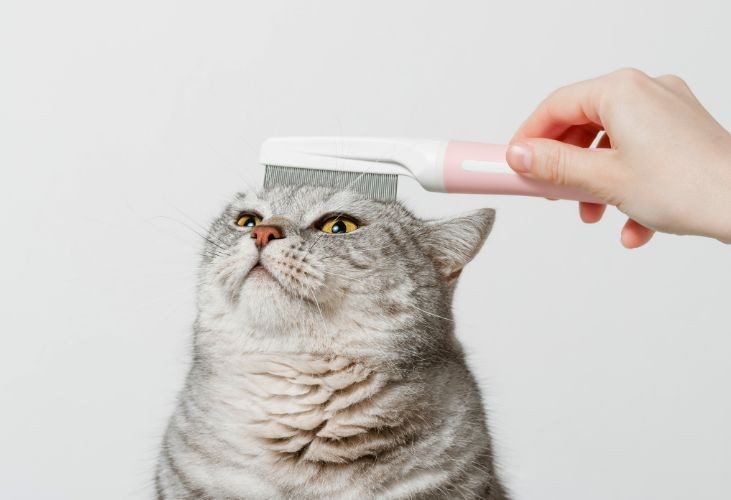
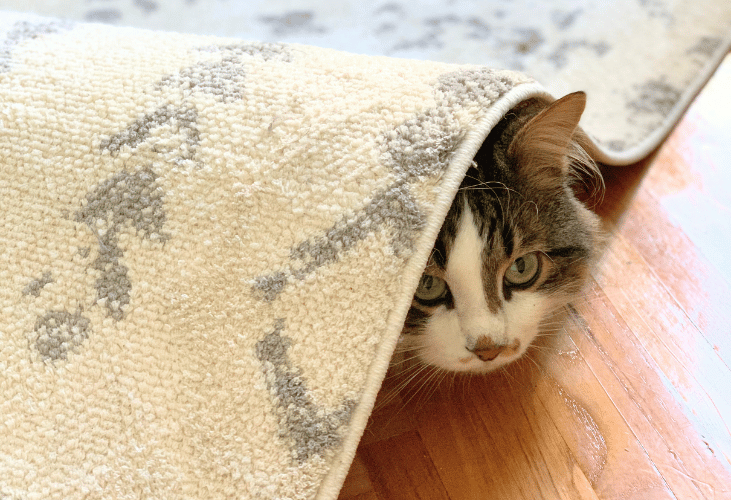
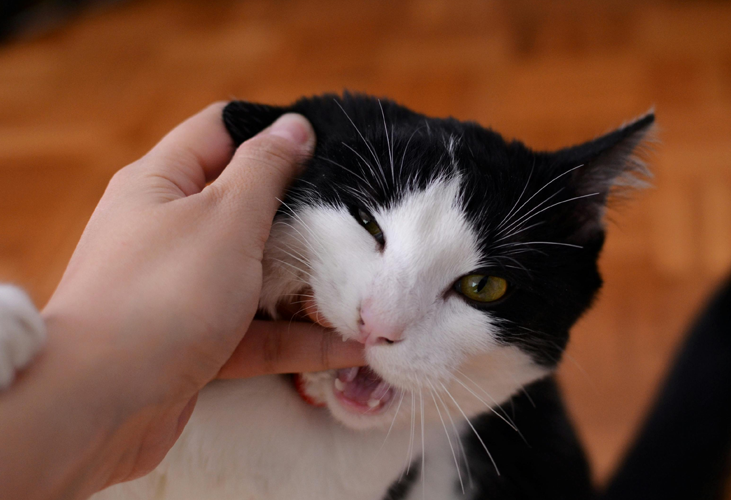


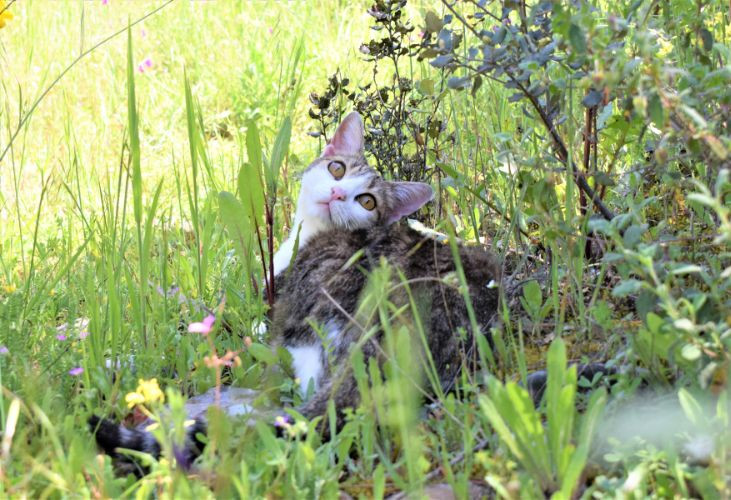
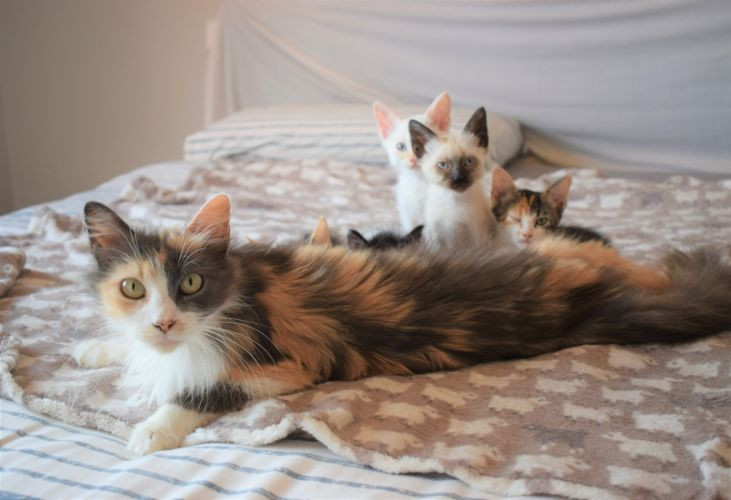

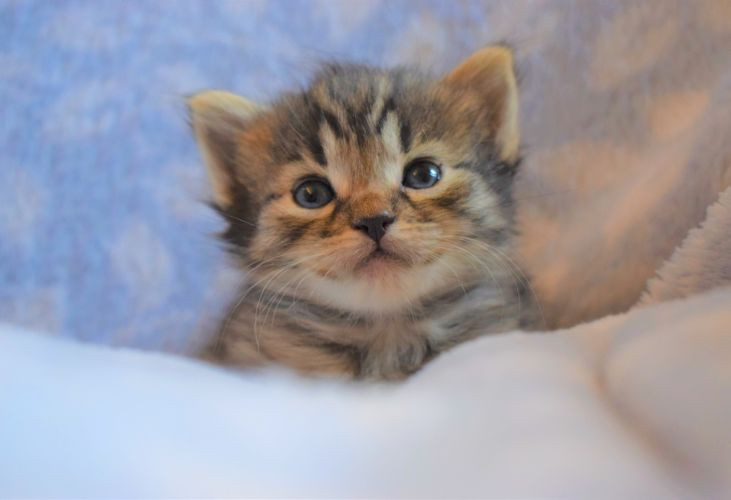

Leave a comment